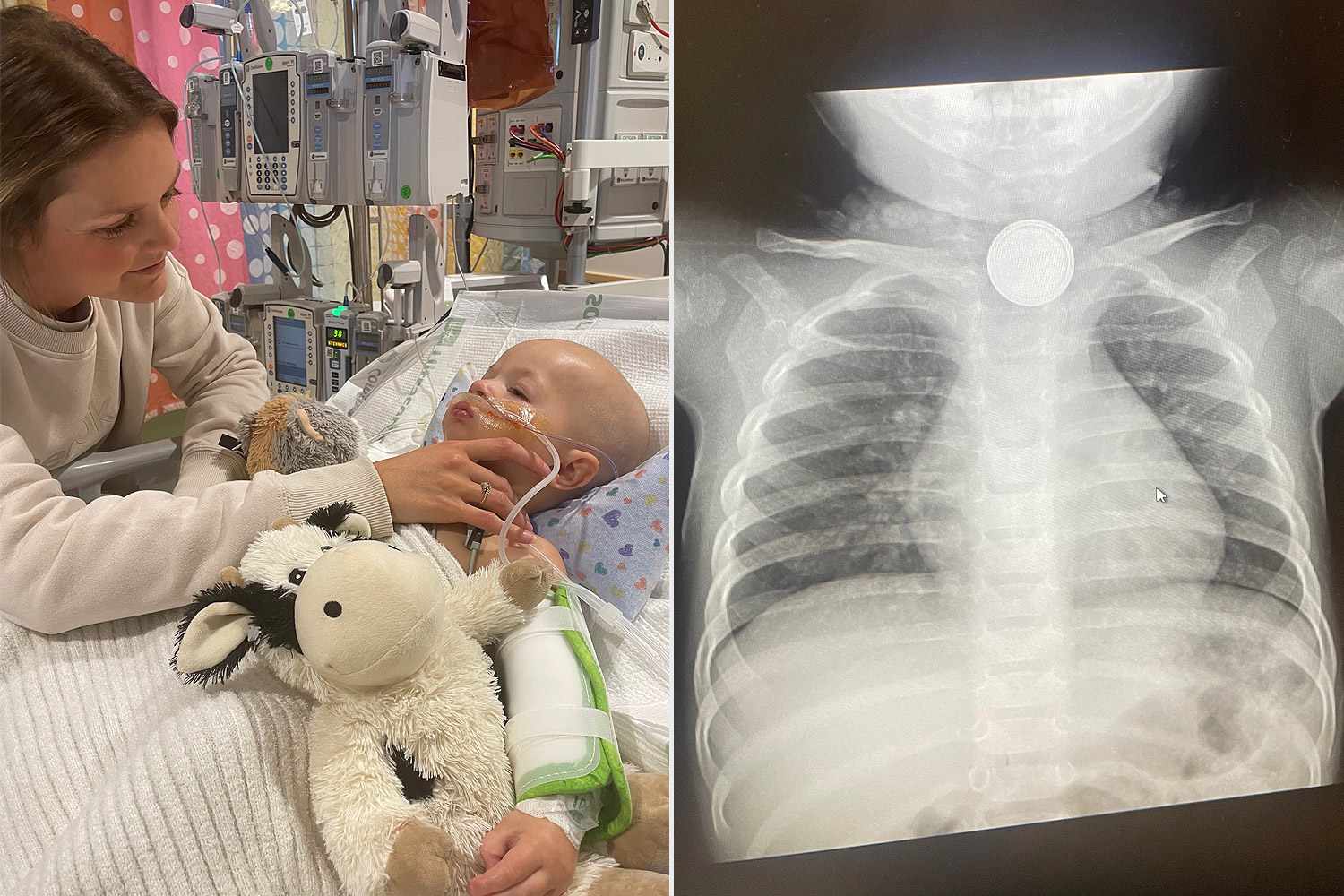Kasey Allen has been raising awareness for the dangers of button batteries after her son swallowed one
NEED TO KNOW
- Kasey Allen’s son, Asa, accidentally swallowed a button battery in October 2023
- Allen noticed something was wrong with Asa and rushed him to the hospital. It would be one of many trips they would take
- Now, she’s using her platform on TikTok to raise awareness of the dangers of swallowing button batteries
It was an ordinary day in October 2023 when Kasey Allen’s world changed.
Allen tells that she was tidying up while her kids were playing just a short distance away. However, as she was finishing up her chores, she didn’t notice her then-16-month-old son, Asa, swallow a button battery.
“Asa and my other two children were playing as I was picking up and cleaning in our RV,” Allen recalls. “At some point, Asa grabbed the remote to the backup camera, which was mounted to the steering wheel, dropped it, the battery fell out, and picked it up and swallowed it.”
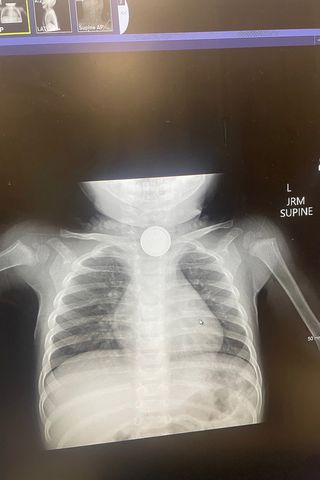
When Allen walked back into the area, she found the remote lying on the floor, and about 20 minutes later, Asa started showing scary symptoms.
Allen says the little one began salivating, was noticeably flushed in his face, and became very whiny and fussy. Eventually, symptoms of fatigue began setting in.
“I was unsure of what was going on because I didn’t know there was a battery in the remote and didn’t know the signs of symptoms of button battery ingestion,” Allen explains.
“I became worried as his symptoms lingered for about an hour, and then he started coughing up black flakes, which was the outer covering of the battery,” she adds. “We rushed to the ER, where he was X-rayed, and they found he had swallowed a button battery.”
According to the
Children’s Hospital of Philadelphia,
more than 3,500 button batteries are ingested per year in the United States. Signs someone has swallowed a button battery include: noisy breathing, coughing, drooling, difficulty swallowing, a hoarse voice, vomiting, chest or abdominal pain, and gagging, coughing or choking with eating or drinking.
When swallowed, the small lithium batteries often get stuck in the throat and saliva triggers an electric current, which can lead to severe burning, esophageal perforation, vocal cord paralysis and more.
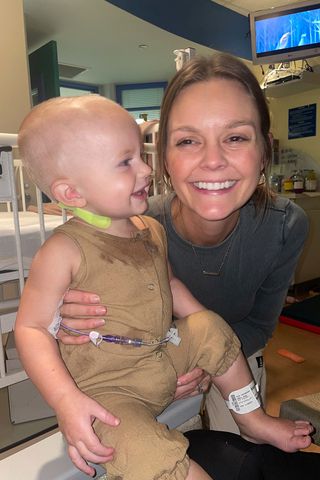
Allen says the recovery process has been “long, disappointing, expensive, exhausting for our family, and extremely hard to watch our son go through.”
“He’s had to go weeks with only IV nutrition, months of torture going back and forth to the hospital, and has dealt with the difficulty of eating and swallowing for 18 months.”
Allen has been sharing Asa’s story and journey of recovery on
TikTok
. The video she shared of Asa going in for his 27th dilation treatment went viral, amassing over 5.5 million views.
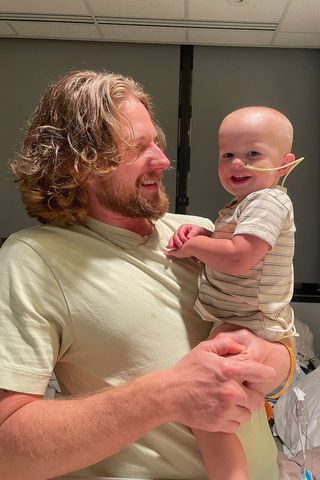
“Miraculously, Asa has zero scarred tissue in his esophagus after four treatments from the new facility/doctor from whom we sought a second opinion,” she says.
“He’s had approximately 27 dilations to stretch his esophagus. We haven’t had to give him any feeds through his G-tube since his first dilation with his new doctor at the end of February. He is growing so big.”
Allen hopes to raise awareness of the dangers of button batteries by sharing their story online.
“Be aware of what electronics in your home may contain a button battery and make sure it’s properly secured with the screw that should now be in place, thanks to Reese’s Law,” she says. “Know the signs that follow the ingestion of a button battery.”
“If you think your child has swallowed a button battery, honey is said to slow the corrosion of the battery and could potentially be life-saving.” A hack, Allen shares, that she didn’t know at the time.
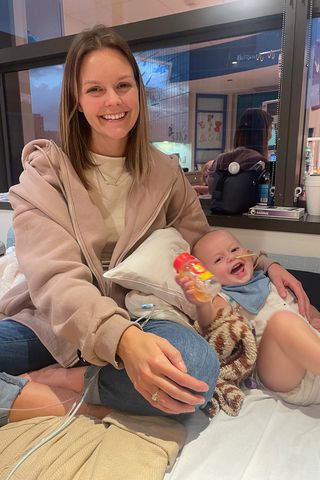
Allen chose to share Asa’s story on TikTok because she knows the app reaches millions of around the world.
“It was my best bet to get this information out quickly and efficiently,” she shares. “We’ve had an outpouring of support and prayers and parents thankful for the information and awareness.”
For others that find themselves in a similar situation, she urged them to “find a support group, stay strong, and most importantly, learn how to advocate for your child.”
Read the original article on

